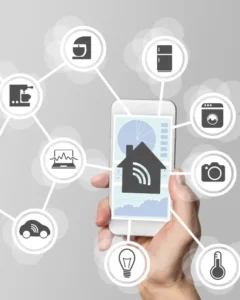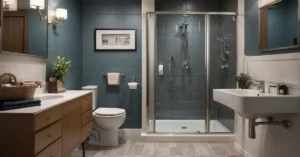As someone who loves to automate and optimize my home, I’m always on the lookout for the latest and greatest in smart home technology. One area that has caught my attention recently is smart room sensors. These little devices can make a big impact on your home’s comfort and energy efficiency.
With the ability to integrate with other smart home devices, such as smart thermostats, smart lighting and security systems, smart room sensors can help you create a truly connected and efficient home.
Types of Smart Room Sensors
As technology continues to advance, smart room sensors have become an essential part of modern homes. These sensors can detect and monitor various aspects of the room, such as temperature, humidity, light, and motion. In this section, I will discuss the different types of smart room sensors and their functions.
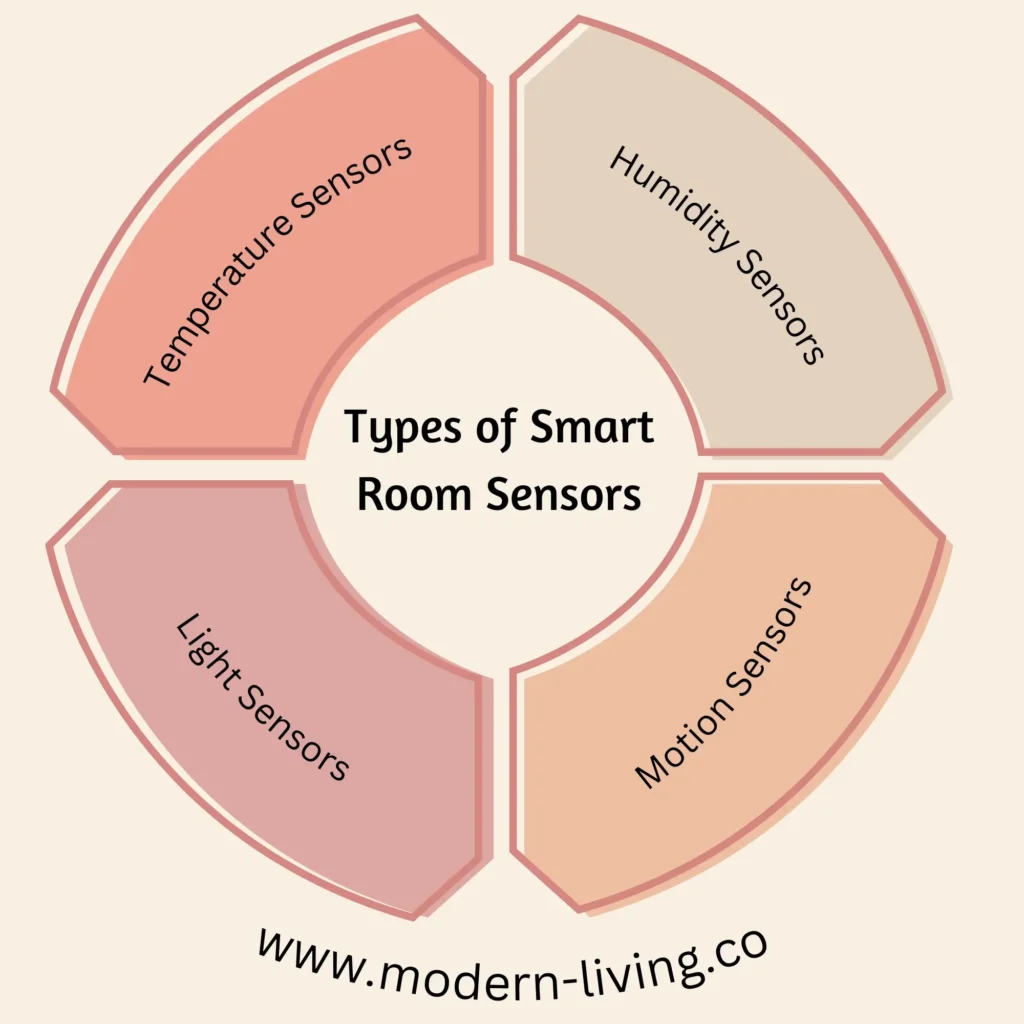
Temperature Sensors
Temperature sensors are one of the most common types of smart room sensors. These sensors can detect the temperature of the room and adjust the heating or cooling system accordingly. They are typically placed in areas that are prone to temperature changes, such as near windows or doors. Some temperature sensors can also measure the temperature of specific objects, such as food or drinks.
Humidity Sensors
Humidity sensors are another type of smart room sensor that can monitor the moisture level in the air. High humidity levels can lead to mold growth and other health issues, while low humidity levels can cause dry skin and respiratory problems. These sensors can help maintain optimal humidity levels and prevent these issues from occurring.
Light Sensors
Light sensors can detect the amount of light in a room and adjust the lighting accordingly. They are commonly used in smart lighting systems and can help save energy by turning off lights when they are not needed. Some light sensors can also adjust the color temperature of the lights to create a more comfortable and relaxing atmosphere.
Motion Sensors
Motion sensors can detect movement in a room and trigger an action, such as turning on the lights or activating an alarm. They are commonly used as a security measure and can help detect intruders or unwanted guests. Motion sensors are also useful for energy-saving purposes, as they can turn off lights or appliances when no one is in the room.
Benefits of Smart Room Sensors
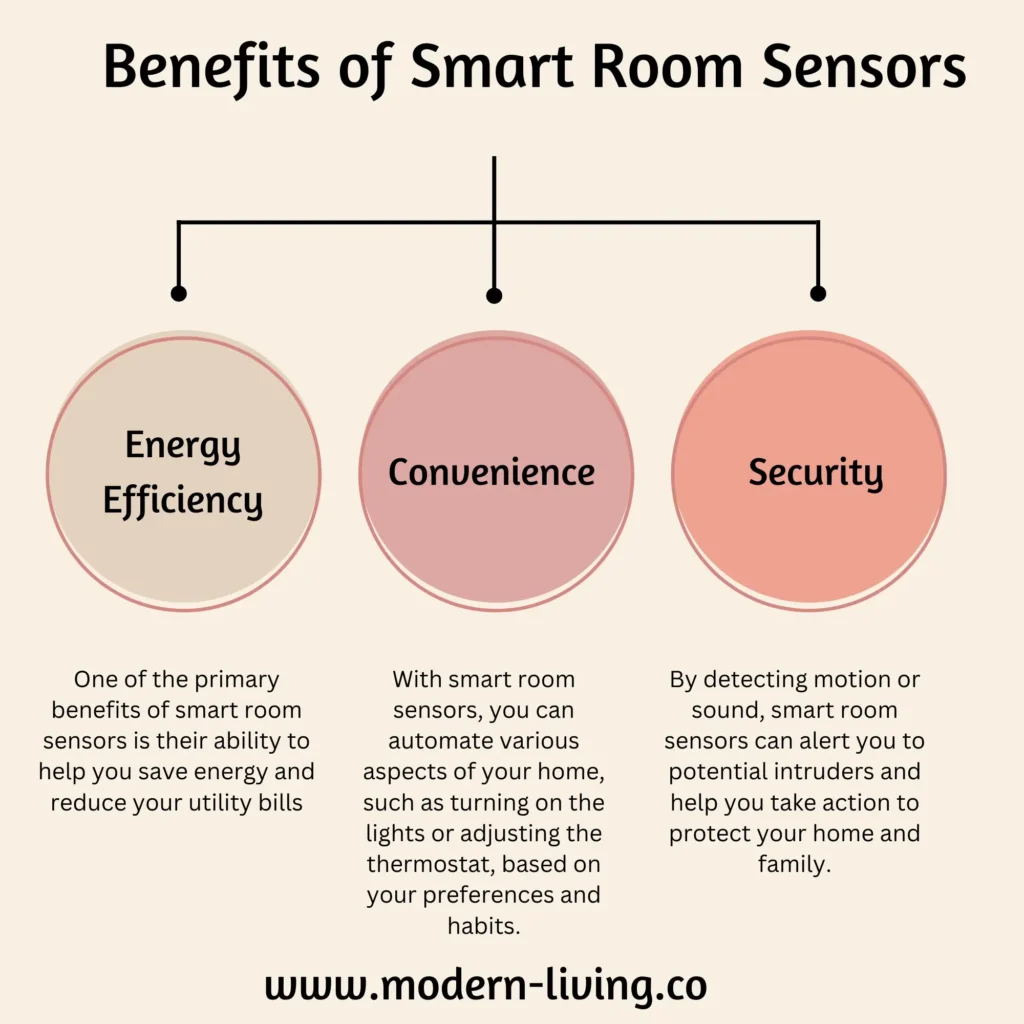
Energy Efficiency
One of the primary benefits of smart room sensors is their ability to help you save energy and reduce your utility bills. By monitoring the occupancy of a room and adjusting the temperature accordingly, smart room sensors can help you avoid wasting energy on heating or cooling an empty space. In addition, some smart room sensors can even detect when a window has been left open and adjust the temperature accordingly to prevent energy loss.
Convenience
Another major benefit of smart room sensors is the convenience they offer. With smart room sensors, you can automate various aspects of your home, such as turning on the lights or adjusting the thermostat, based on your preferences and habits. This can help you save time and energy, as well as make your home more comfortable and welcoming.
Security
Smart room sensors can also enhance the security of your home. By detecting motion or sound, smart room sensors can alert you to potential intruders and help you take action to protect your home and family. Some smart room sensors can even integrate with your home security system to provide additional layers of protection.
Overall, smart room sensors are a valuable addition to any home. Whether you’re looking to save energy, enhance convenience, or improve security, smart room sensors can help you achieve your goals.
Choosing the Right Smart Room Sensors
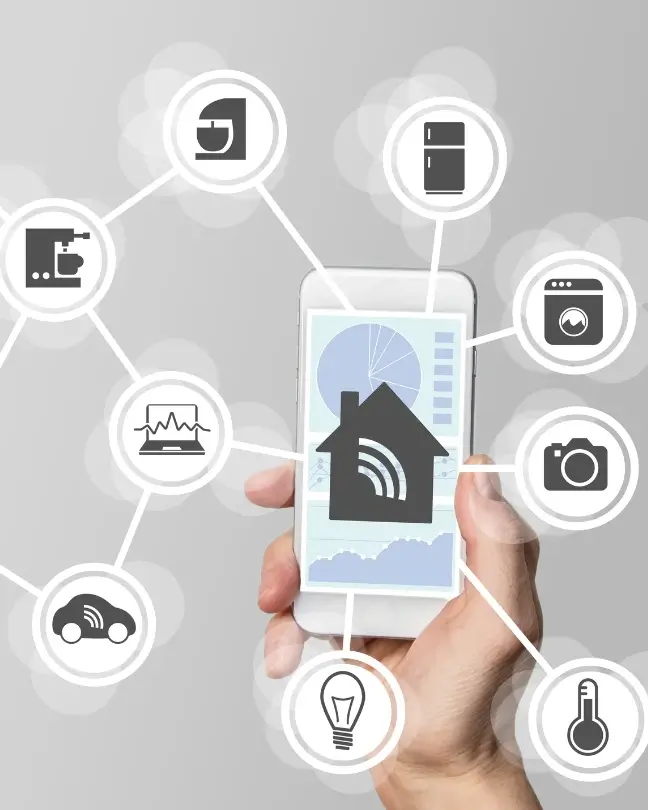
Compatibility
The first thing you need to consider when choosing smart room sensors is compatibility. Not all sensors work with all smart home systems, so you need to make sure that the sensors you choose are compatible with your system. For example, if you use Amazon Alexa, you’ll want to look for sensors that are compatible with Alexa. Similarly, if you use Apple HomeKit, you’ll want to look for sensors that work with HomeKit.
Installation Process
Another thing to consider is the installation process. Some smart room sensors are easy to install and can be set up in just a few minutes, while others require professional installation. If you’re not comfortable with DIY installation, it’s best to choose sensors that come with professional installation services.
Price
Of course, price is also an important factor to consider when choosing smart room sensors. Prices can vary widely depending on the features and capabilities of the sensors, so it’s important to set a budget before you start shopping. Keep in mind that cheaper sensors may not have all the features you need, while more expensive sensors may have features that you don’t need.
In summary, when choosing smart room sensors, it’s important to consider compatibility, installation process, and price. By taking these factors into account, you can find the right sensors for your home and enjoy all the benefits that smart home technology has to offer.
Future of Smart Room Sensors
As technology advances, smart room sensors will continue to evolve and improve. In this section, we will discuss some of the exciting developments in the future of smart room sensors.
Integration with IoT
One of the most significant trends in smart room sensors is their integration with the Internet of Things (IoT). By connecting sensors to the internet, they can share data and communicate with other devices. This integration will allow for more advanced automation and control of building systems, leading to increased efficiency and cost savings.
For example, a smart room sensor could detect when a room is empty and automatically adjust the temperature and lighting to reduce energy consumption. It could also communicate with other sensors in the building to optimize the performance of the HVAC system. The possibilities are endless, and as the IoT continues to grow, so too will the capabilities of smart room sensors.
AI and Machine Learning
Another exciting development in smart room sensors is the integration of artificial intelligence (AI) and machine learning. By analyzing data from sensors, AI algorithms can learn patterns and make predictions about future behavior. This technology will allow for even more advanced automation and control of building systems.
For example, a smart room sensor could use machine learning to predict when a room will be occupied based on historical data. It could then adjust the temperature and lighting in advance to ensure maximum comfort and energy efficiency. As AI and machine learning continue to improve, smart room sensors will become even more intelligent and capable.
FAQ
How do smart room sensors work?
Smart room sensors work by detecting changes in temperature, humidity, motion, and other environmental factors using various sensors such as PIR, IR, and ultrasonic sensors. They then send the data to a hub or control panel, which can trigger actions such as adjusting the thermostat or turning on/off lights.
What sensor can detect humans?
PIR (Passive Infrared) sensors can detect humans by sensing the infrared radiation emitted by their bodies. When a person moves within the sensor’s field of view, it detects the changes in infrared energy and triggers an action such as turning on a light or activating an alarm.
Is sensors detect safe?
Sensor detection is generally safe and non-invasive, as most sensors are designed to detect environmental factors such as temperature, humidity, and motion. However, some sensors such as X-ray and radiation sensors can be harmful if not used properly and with proper precautions.
If you liked this blog article about the topic: Smart Room Sensors, don’t forget to leave us a comment down below to tell us about your experience.
Feel free to also check out our Articles from the category “All about Smarthome“.

